Full stack web developers are in great demand with attractive salaries being dangled from job search sites.
Is this job for you?
If you've heard about this employment category and are intrigued by the possibilities, you still might want to look before you leap.
To start with: What exactly are we talking about when we talk about full stack web development?
More
Posted by Richard Seeley on 08/27/20190 comments
If you are working with earlier versions of plain old ASP.NET, but need to upgrade your skills for Microsoft Azure DevOps, you may be looking to get up to speed on its smarter brother, ASP.NET Core, which is growing in popularity with the developer community.
While C# is the "most loved" programming language, according to a recent survey by developer tooling specialist JetBrains. There is growing regard for .NET Core, according to a recent Visual Studio Magazine article. "… the survey indicates Microsoft's new open source, cross-platform 'Core' direction is gaining traction but still has a long way to go as it usurps the ageing, Windows-only .NET Framework, with .NET Core and ASP.NET Core leading the migration," the article noted.
More
Posted by Richard Seeley on 07/19/20190 comments

At one time data was mostly a topic for database administrators. Not anymore. With artificial intelligence exploding on the scene, Big Data is a hot topic in the developer world.
The meteoric rise of the Internet of Things (IoT) is creating huge datasets – think terabytes and petabytes – that go beyond what traditional relational database management systems (RDBMS) and legacy software analytics tools can handle, according to a Wikipedia article. Sensory data is pouring in from IoT devices in industries including medical, manufacturing and transportation. That data is useful and sometimes even crucial but those industries need a way to make sense out of it.
More
Posted by Richard Seeley on 06/19/20190 comments
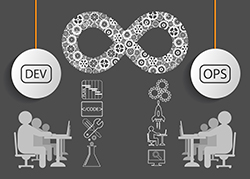
Everybody involved with any kind of software development has heard the DevOps mantra: "DevOps automates and speeds software delivery." Of course, not everyone practices DevOps because there’s a learning curve and a discipline to follow and that’s not always easy especially in organizations demanding instant application gratification. Despite the hype, getting started in DevOps can be a challenge.
More
Posted by Richard Seeley on 05/15/20190 comments
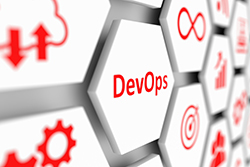
DevOps can be a challenge especially for developers starting out with it. But a new Basic Process in Azure DevOps aims to pare down the more complicated methodologies.
On an April 2019 Microsoft video explaining how Basic Process works, Dan Hellem, program manager on the Azure DevOps team, told viewers that the goal is to not only attract engineers to the product but also keep them as loyal users: "We’ve been talking about putting out the Basic Process for several years. Looking at it from the perspective of a new person coming into Azure DevOps, we have three processes: Agile, Scrum and CMMI [Capability Maturity Model Integration]. The problem with those processes is they are very methodology heavy."
More
Posted by Richard Seeley on 04/17/20190 comments
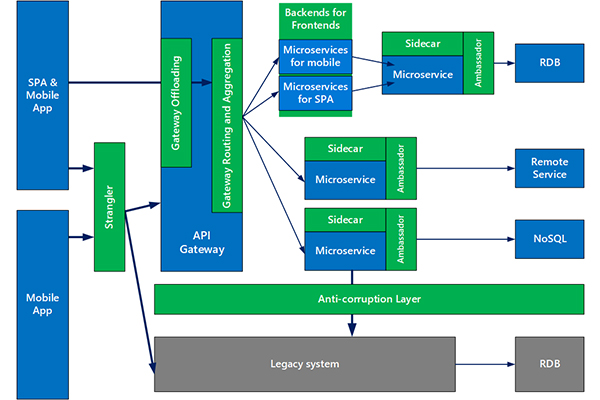
Service-oriented architecture (SOA) and web services were hot developer trends a decade ago but may only get a yawn today. Now, microservices take the concept into the cloud and container era.
If you missed the SOA and web services hoopla, and haven’t worked with microservices here’s a brief explanation from Wikipedia:
More
Posted by Richard Seeley on 03/20/20190 comments
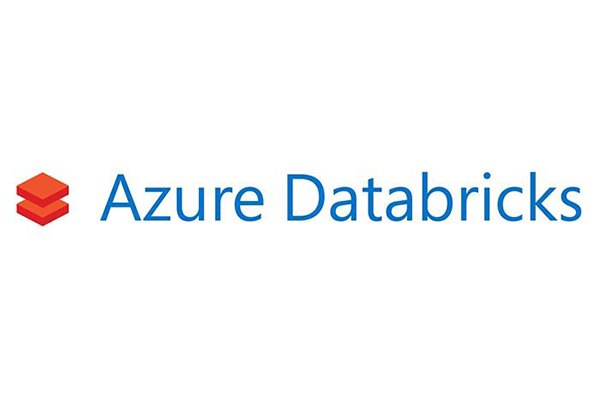
"I will talk about two sets of things. One is how productivity and collaboration are reinventing the nature of work, and how this will be very important for the global economy. And two, data. In other words, the profound impact of digital technology that stems from data and the data feedback loop." ~ Microsoft CEO Satya Nadella
More
Posted by Richard Seeley on 02/20/20190 comments
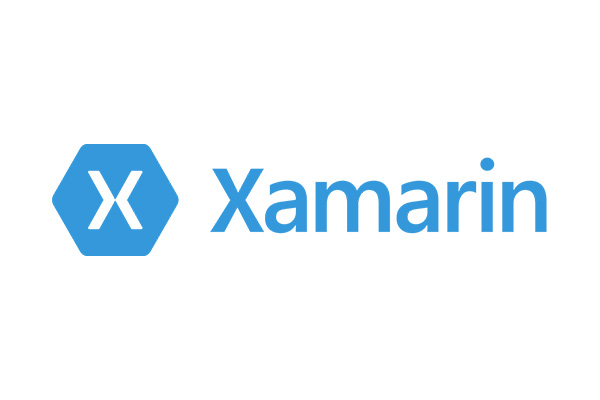
Xamarin is one of the biggest tech success stories of the decade.
In 2011 few if any developers had even heard of Xamarin. That was the year its namesake San Francisco-based company was founded. Six years later, “1.4 million developers were using Xamarin's products in 120 countries around the world,” according to Wikipedia. Is it any wonder that Microsoft acquired it in 2016 and made it a free tool for Visual Studio developers?
More
Posted by Richard Seeley on 01/17/20190 comments

Whether you’ve dabbled in AngularJS or even worked extensively with it, you want to upgrade your skills to move to the latest versions of Angular because that’s where the jobs are.
As this blog noted back in April, the JavaScript (hence the JS) version of Angular from 2010 was pretty much eclipsed by the TypeScript rewrite in 2016, which was dubbed Angular2 although it was a whole new platform for building web apps.
More
Posted by Richard Seeley on 10/16/20180 comments
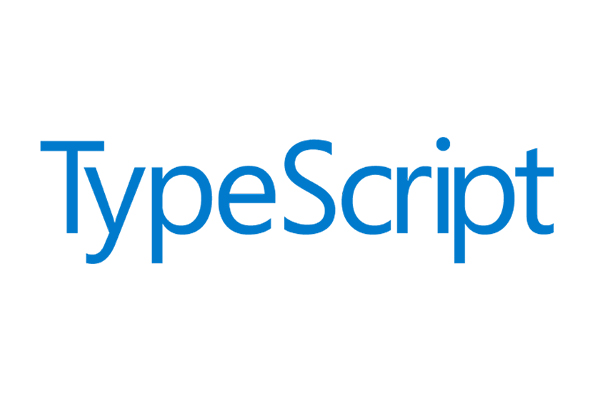
Recent news involving JavaScript is being overshadowed by its smarter brother TypeScript.
This summer Microsoft shipped the final TypeScript 3.0 release after a brief preview. “The open source programming language is primarily developed and maintained by Microsoft, providing a strict syntactical superset of JavaScript with the addition of optional static typing,” as Visual Studio Magazine explained in announcing TypeScript.
More
Posted by Richard Seeley on 09/13/20180 comments